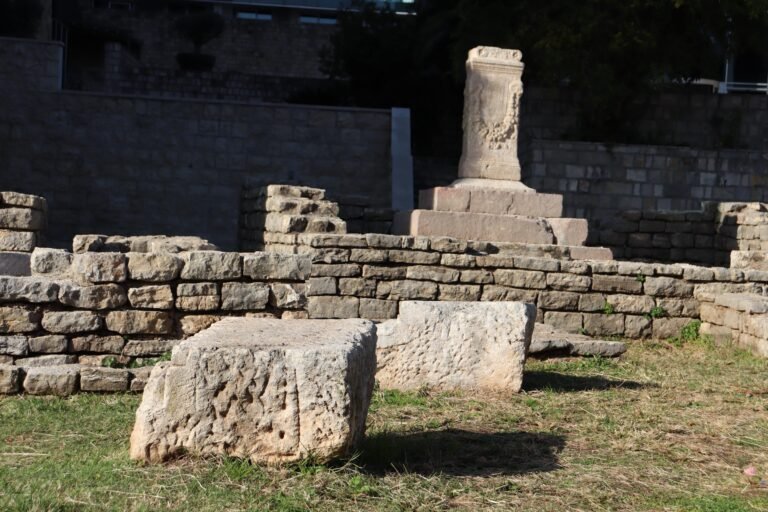tekst


tekst

Projekat DIGITALNE KULTURNE RUTE je podržan u okviru Regionalnog programa lokalne demokratije na Zapadnom Balkanu 2 – ReLOaD2, koji finansira Evropska unija, a sprovodi UNDP. ReLOaD2 se u Crnoj Gori realizuje u partnerstvu sa 15 lokalnih samouprava, među kojima su opštine Budva, Herceg Novi, Kotor i Tivat, koje čine klaster „Coastal Mates“.
The DIGITAL CULTURAL ROUTE project is supported by the Regional Program of Local Democracy in the Western Balkans 2 – ReLOaD2, financed by the European Union and implemented by UNDP. ReLOaD2 is implemented in Montenegro in partnership with 15 local governments, among which are the municipalities of Budva, Herceg Novi, Kotor and Tivat, which form the “Coastal Mates” cluster.



The Archeological Museum of Budva is a typical urban building with a Renaissance style and concept. The building is characterized by a large